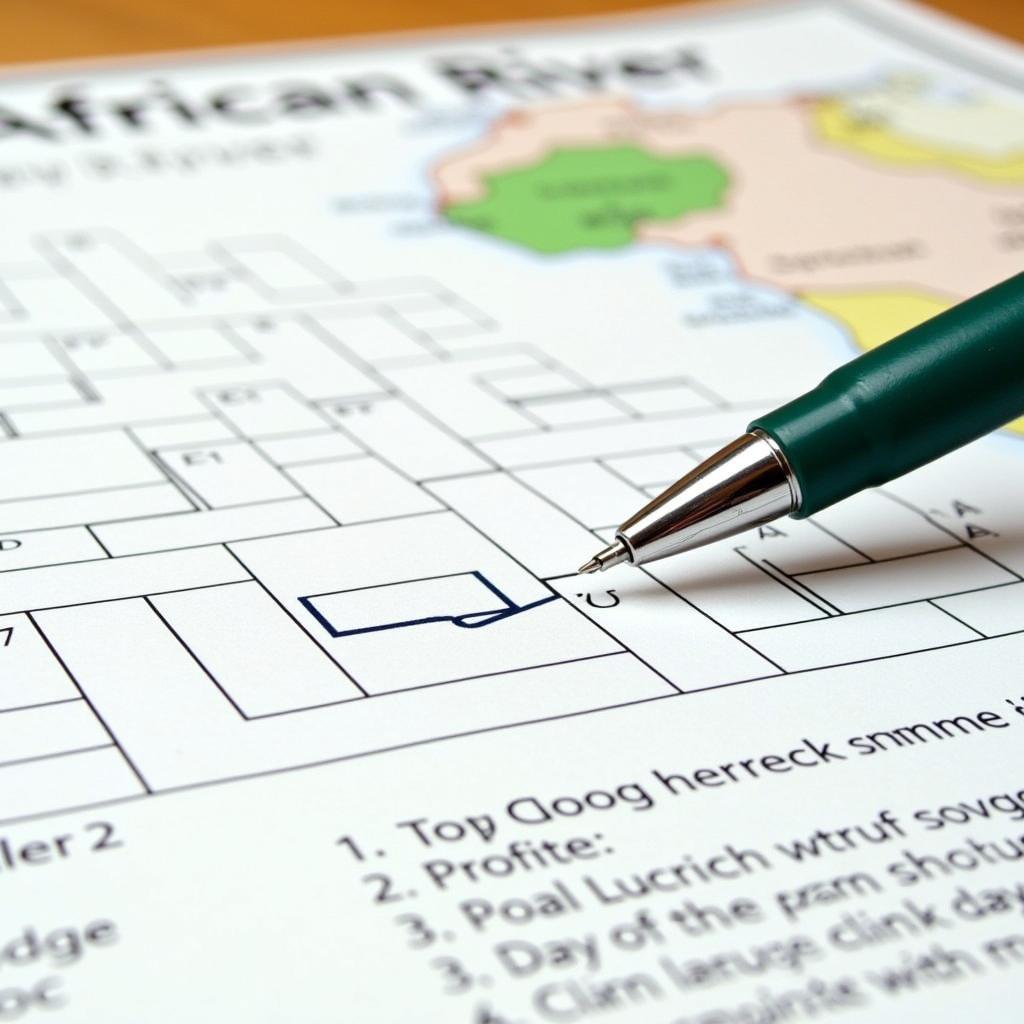The African Community in South India: A Rich Tapestry of Culture and Heritage
The African Community In South India represents a fascinating blend of cultures, histories, and traditions. From ancient trade routes to modern migrations, their presence has woven a unique thread into the vibrant fabric of Indian society. This article delves into the captivating story of this community, exploring their origins, contributions, and enduring legacy.
Tracing the Roots: The Arrival of Africans in South India
The history of the African community in South India stretches back centuries, primarily linked to the historical trade routes that connected East Africa with the Indian subcontinent. Arab traders played a significant role, bringing enslaved Africans to work in various capacities, including as soldiers, servants, and laborers. Over time, many of these individuals gained their freedom and integrated into Indian society, establishing their own communities and contributing to the region’s diverse cultural landscape. Some rose to prominent positions, becoming rulers, commanders, and influential figures in local politics.
One notable example is the Siddis of Karnataka, a community descended from African sailors and traders. They have maintained a distinct cultural identity, preserving their unique traditions, music, and dance forms. Similarly, the Sheedi community in Hyderabad also traces its ancestry to Africa, contributing to the city’s rich heritage.
After this initial introduction, many more Africans arrived in India during the colonial era, often as soldiers or part of the British administration. Their experiences varied greatly, with some facing discrimination and marginalization while others achieved success and integration. This complex history has shaped the contemporary African community in South India, creating a diverse group with a shared heritage and a range of experiences.
Check out more about African eating.
Cultural Expressions: Music, Dance, and Traditions
The African community in South India has significantly impacted the region’s cultural tapestry, particularly in the realms of music and dance. The rhythmic influences of African musical traditions are evident in various art forms, contributing to the dynamic and vibrant cultural expressions found across South India. The Siddis, for instance, are known for their energetic dances and captivating musical performances, which showcase their African heritage. These performances often incorporate traditional instruments and rhythms, offering a glimpse into the rich cultural legacy that has been preserved and passed down through generations.
Their dances often tell stories of their ancestors’ journeys, struggles, and triumphs, serving as a powerful reminder of their resilience and cultural identity. These vibrant expressions not only connect them to their roots but also enrich the cultural landscape of South India. The Sheedi community also boasts unique musical traditions, often performed during festivals and celebrations.
What are the main African communities in South India?
The main African communities in South India include the Siddis of Karnataka and the Sheedi community in Hyderabad.
How have African communities contributed to South Indian culture?
African communities have significantly impacted South Indian culture, particularly in music and dance, adding to the region’s rich artistic traditions.
What is the history of the African presence in South India?
The African presence in South India dates back centuries, linked to historical trade routes and later influenced by the colonial era.
More information about similar tribal cultures can be found at about Indian tribes similar to African tribes.
Challenges and Contributions: The Modern African Community
The modern African community in South India continues to face challenges related to identity, integration, and socio-economic disparities. While many have successfully integrated into Indian society, some communities still experience marginalization and discrimination. Despite these challenges, the African community continues to contribute to the rich cultural fabric of South India. Their resilience, cultural expressions, and unique perspectives add to the diversity and dynamism of the region.
For example, you might find it interesting to learn about African jewellery South Africa.
Conclusion: A vibrant Legacy
The African community in South India represents a vibrant and enduring legacy of cultural exchange and historical interconnectedness. Their journey, marked by both challenges and triumphs, has shaped the cultural landscape of the region. From ancient trade routes to modern times, the African community in South India continues to contribute to the diverse tapestry of Indian society. Understanding and appreciating their history, culture, and contributions is essential to fostering a more inclusive and interconnected future. Learning more about currency exchange, such as East African currency to INR, can also help deepen your understanding of the connections between these regions. You can also learn more about African countries that play cricket.
FAQ
- What languages are spoken by the African community in South India?
- What are some common misconceptions about the African community in South India?
- How are African traditions preserved within the community?
- What are the major economic activities of the African community in South India?
- How does the African community in South India celebrate their festivals?
- What are the key challenges faced by the African community in South India today?
- What resources are available to support the African community in South India?
For further assistance, please contact us: Phone: +255768904061, Email: [email protected] or visit our office at Mbarali DC Mawindi, Kangaga, Tanzania. Our customer support team is available 24/7.


